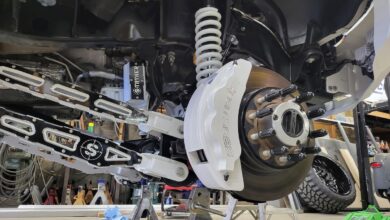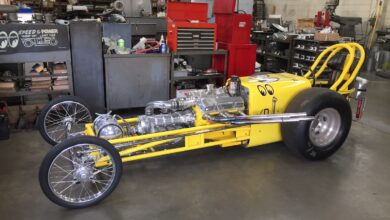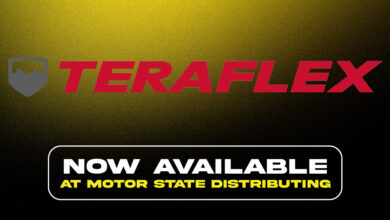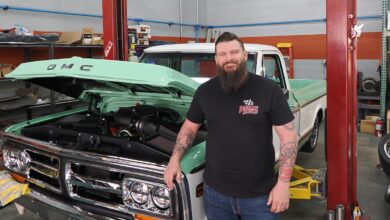Done Rite Automotive Performance Grows Business as Engine Experts
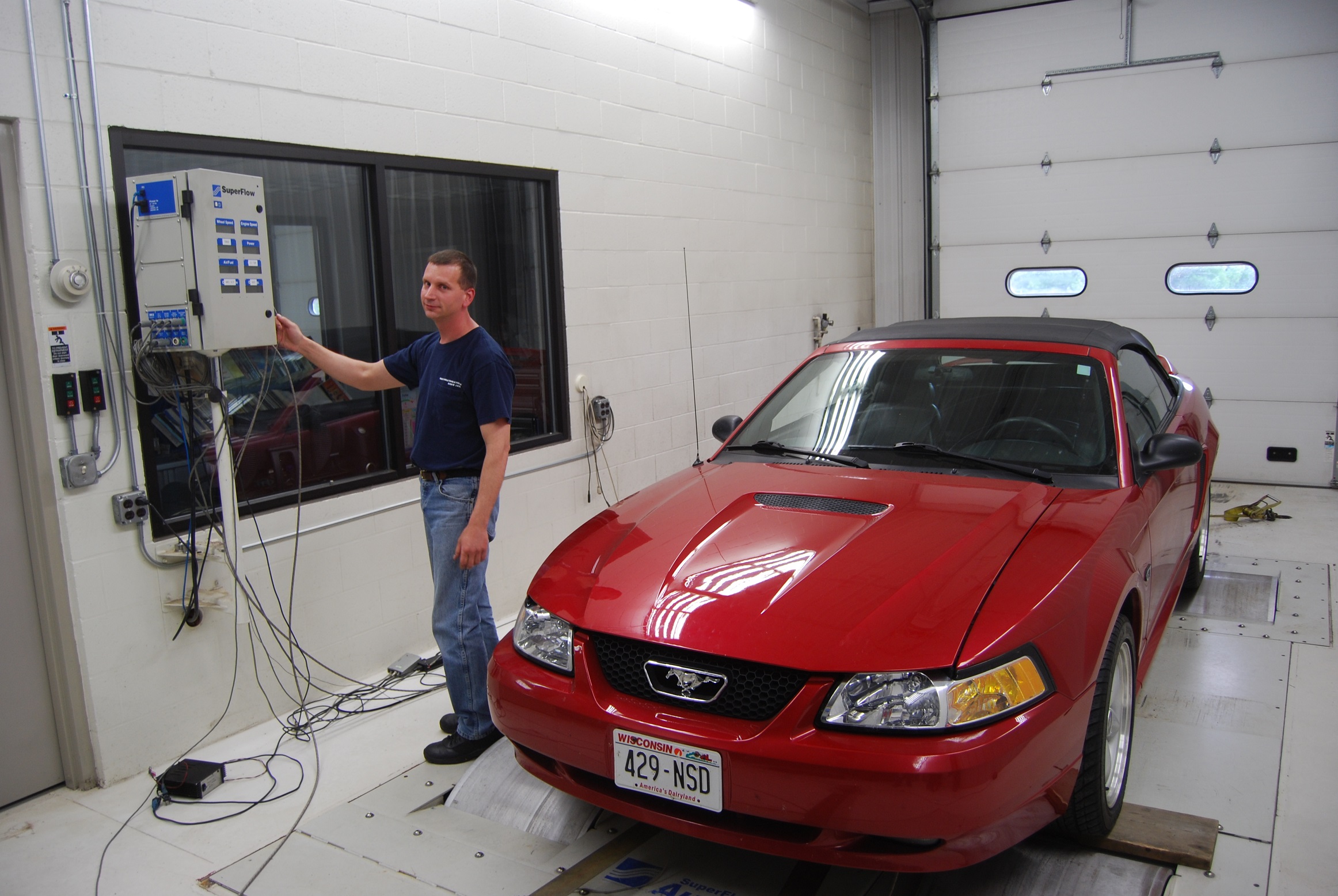
Mosinee, Wisconsin’s Done Rite Automotive started out as a small shop at Ed Casar’s father’s home doing car maintenance and general rebuilds. Casar soon became interested in specialty performance cars.
“The more cars we tuned, the more the word of mouth got out and the more business we generated,” he said. “But then we really got into the fuel injection stuff and the state of the art stuff. We would give people recipes (for performance engine builds) and they’d put the engines together themselves.”
Today, Casar’s customers don’t want to go to an engine builder and then to a tuner.
“Now, there are not as many wrench turners. They just want to drop the vehicle off and be confident it will all get done without conflicts or finger pointing or blame management if something doesn’t work well.”
Casar believes that 80 percent of power comes from an engine’s cylinder heads. If he’s going to recondition stock heads, he finds that pocket porting (blending the seat) is a significant way to increase performance and economy. “It’s a bit of work to do that by hand, but it’s definitely well worth it,” he said. “That’s the first thing and, on older engines, we usually put in stainless valves.”
As far as engines, Casar likes the Chevrolet 383- and 406-cid V-8 units.
“Those engines work out good for the street, too,” he said. “We always try to rely on more cubes when car owners want street performance. Then, we shoot for keeping the rpm level down, so the cam doesn’t have to be too aggressive.”
Done Rite uses F.A.S.T. fuel injection, Accel ignition and Tech 3. Casar also retrofits Delphi computers. “We buy them and retro-fit them with different things,” he explained. “They have catalyst monitors in them and can still do coil-on-plug, so you can use them in big engines with lots of power or tiny four-cylinders.”
Casar stresses the importance of little things like port matching. “Car builders should take time to lay the gaskets out and make sure they have a real good port match,” he said. “Put some WD-40 on the gaskets, bolt things down and mark out where the gaskets are, then transfer the gasket surface to the intake manifold and head to see what you’ve got for port alignment. That gives you a real good benefit for not a lot of money.”
